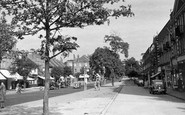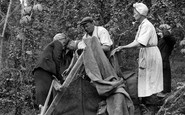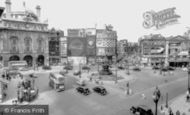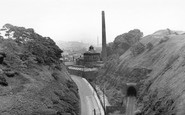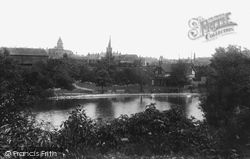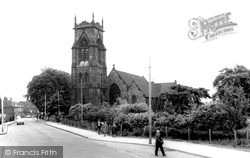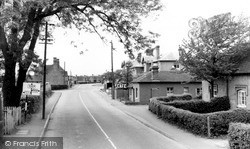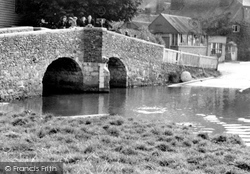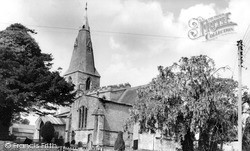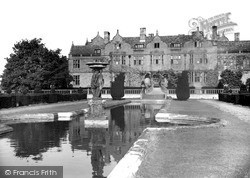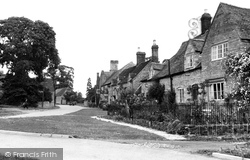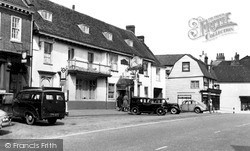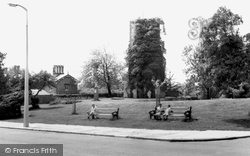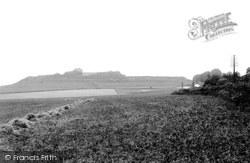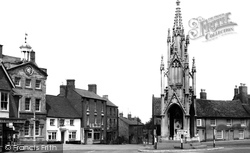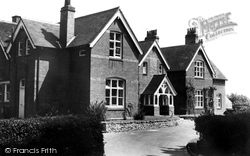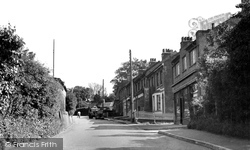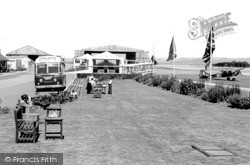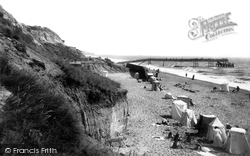Places
6 places found.
Those places high-lighted have photos. All locations may have maps, books and memories.
Photos
9 photos found. Showing results 201 to 9.
Maps
83 maps found.
Books
Sorry, no books were found that related to your search.
Memories
1,642 memories found. Showing results 101 to 110.
Coronation
One of my most vivid memories is of the 1953 Coronation Party on Eastcote Avenue, the road was closed to erect a stage, and my Dad Freddie Hewitt help put it up. We lived at Number 48. Mrs Palmer lived next door and my mother had a strong ...Read more
A memory of Wembley by
Growing Up In Seaton Sluice In The 1960s
I moved from Blyth to Seaton Sluice into a newly built house in Cresswell Avenue in 1957. Life as a child in the village was exciting; most days we would either play on the beach and harbour or the new ...Read more
A memory of Seaton Sluice by
My Bus To School From Hatch End To Pinner Grammar School
My bus to school, Pinner Grammar, went from this stop in Uxbridge Road in the centre of the picture. It was a red London Transport double-decker route 209 that took us all the way to Cannon ...Read more
A memory of Hatch End in 1956 by
Hop Picking
Paddock Wood, in particular Beltring, the home of the famous Whitebread Oasts, was the centre of the Hop Gardens of Kent. The Gardens were set out with rows of elevated wire tressles which were supported at intervals by poles. In the ...Read more
A memory of Paddock Wood in 1940 by
Lelant
In 1976 I worked for the Francis Frith Collection in Baker Street, and then in Charles Street, Berkley Square. In 1977 it was purchased by my then boss, and now friend, Mr. John Buck. We continued to work together from his home in Finchampstead ...Read more
A memory of Lelant in 1977 by
Early Career Memories At Piccadilly Circus.
I started my career in January 1959 as a young bobby at West End Central Police Station Savile Row. The trestles positioned to the east of 'Eros' which cordon off the road suggest the photograph was taken when ...Read more
A memory of London in 1959 by
Wartime Bargoed
In February 1942, I and thirty other children from Northfield in Birmingham, were evacuated to Bargoed. I was taken in by Mrs Parker, who lived with her husband and Daughter, Phyliss, at 8 Plasnewydd Street. My life in Bargoed was ...Read more
A memory of Bargoed in 1941 by
Stacksteads Glen Top The Old Brewery.
I well remember the building in this photograph. I believe it was built as a brewery and in 1957 I remember working there, I was a joiner and was sent there at times to carry out joinery repairs etc. The firm I ...Read more
A memory of Stacksteads in 1957 by
Daresbury Firs And Other Memories
Brought up in the Square I have happy memories of playing in Daresbury Firs. The blue bells were always marvellous in the spring! I used to help my stepdad (Roy Forster) collect leaf mould for his vegetable ...Read more
A memory of Daresbury Firs by
Memory
Grandmother used to live on the slip; she was housekeeper to Mr. Sales and we used to walk over the marshes to Reedham Swing bridge to visit relatives in Reedham. There was a farm on the corner owned by Chubbocks and I used to collect ...Read more
A memory of Lower Thurlton by
Captions
436 captions found. Showing results 241 to 264.
On this side of town the Midland operated a short goods branch to Brampton.
Within a short distance, the river becomes the border between Herefordshire and Gloucestershire. Further on, it subsequently becomes the border between England and Wales.
He used to preach with the church door open so as not to miss fellow cock fighters passing by on their way to matches at Darlaston Fields - and would cut short his sermon to follow them.
The footpath between the low hedge and the rendered bungalow (right) offers a short meander to the gates of Gopsal Park and Little Twycross.
The riverside site at Eynsford has been occupied since at least Roman times - a short distance away is the well-preserved Roman villa of Lullingstone.
The church of St James, with its broach spire and Anglo-Saxon long and short stone work in the nave, was newly seated and restored in 1854-55.
It has had its share of illustrious visitors, including Elizabeth I in 1572, and Charles I in 1642, shortly before the Battle of Edgehill.
As we walk around the village it is not at all apparent why it should be named Cleeve or 'cliff'; but in fact the village sits just a short distance away from a steep 200ft cliff overlooking
This view looks north-east past the war memorial cross of about 1920 towards Watling Street, which forms the Green's short east side.
The most famous resident of this attractive village was Sir Winston Churchill, who lived a short walk away at Chartwell.
He used to preach with the church door open so as not to miss fellow cock fighters passing by on their way to matches at Darlaston Fields - and would cut short his sermon to follow them.
The tower was taken down shortly after this photo was taken. The site of the church is now marked out in stones and there is a memorial table. The graveyard has become a pleasant open space.
The scene has not changed too much today, as the suburban growth of New Sarum has stopped short of the site of its neolithic ancestor.
Transformation into the Centre for the Visual Arts proved short-lived - its closing recriminations equal to that of its opening fanfare.
Next door is a snack bar, which disappeared shortly after this photograph was taken.
At the outbreak of the Second World War it closed for a short time. The home was handed over to the Royal United Kingdom Beneficent Association in 1953, who modernised it.
Along with its neighbouring villages of Betteshanger and Tilmanstone, this settlement was a centre of the short-lived Kent coal industry, which began when coal was discovered when borings for a proposed
The top storey was a recent addition in response to the growing popularity of the short sea route.
The hexagonal building at the bottom was a provision store plus post office, then a gas company showroom for a short time, and finally Martin's Central Heating, before it was demolished for road widening
The small civil airport at Lympne was developed from the wartime fighter base, prior to the enormous expansion of London's Heathrow and Gatwick airports, for short cross-channel flights.
The park had only been in public hands a short time when these photographs were taken.
expected to be able to withstand the elements on this exposed stretch of coast, it was badly damaged by gales in the winter of 1900, and was finally dismantled by Bournemouth Corporation shortly
Serving at the front in the First World War, Brooke wrote a short poem called 'The Soldier'; surely he had Grantchester in mind when he composed these lines: 'If I should die, think only this of me: That
In the foreground to the right the former short jetty is just visible. The substantial wooden pier/jetty which dominates the foreground has since disappeared.
Places (6)
Photos (9)
Memories (1642)
Books (0)
Maps (83)



